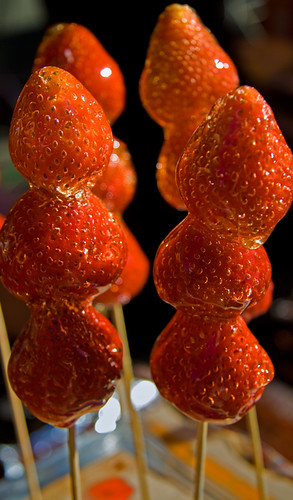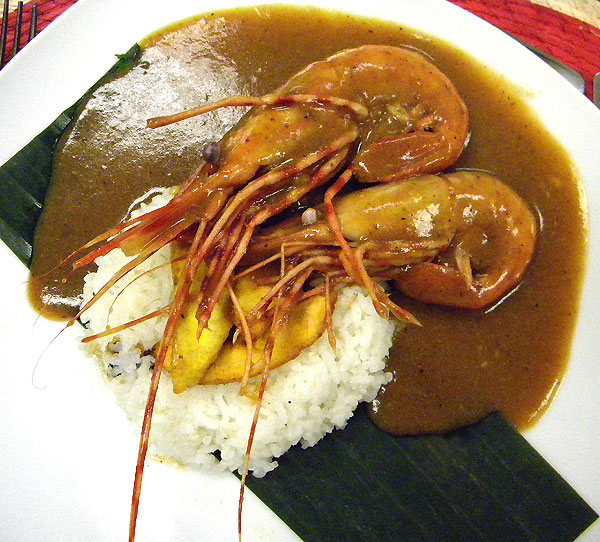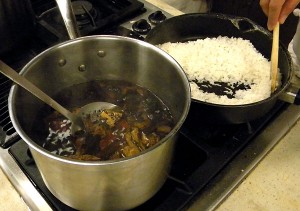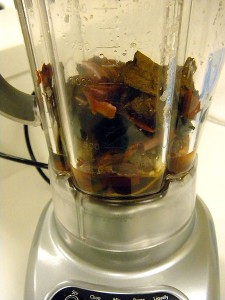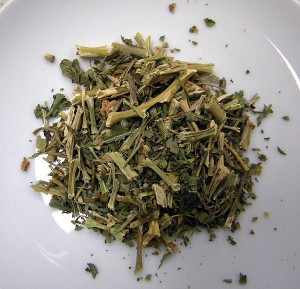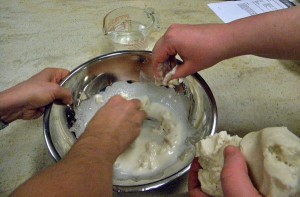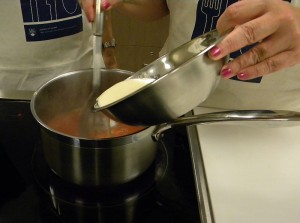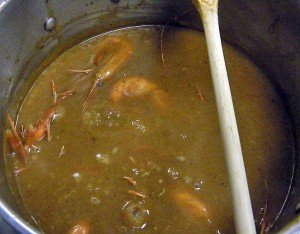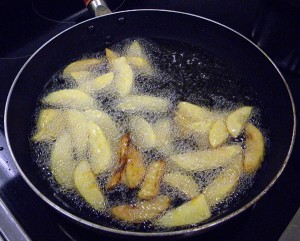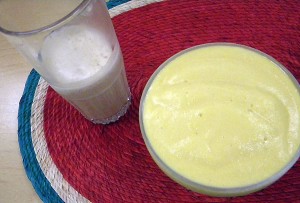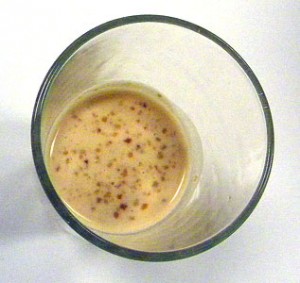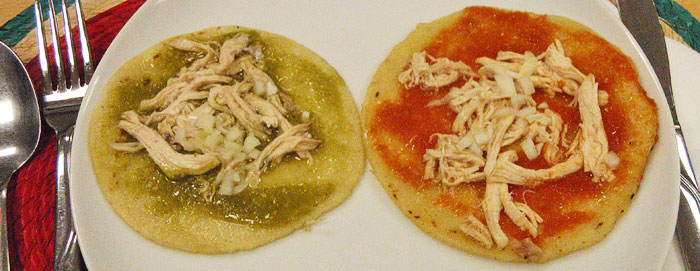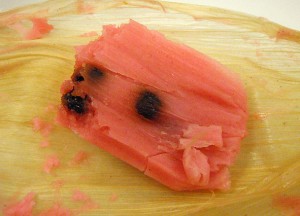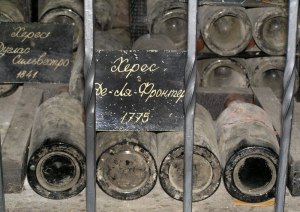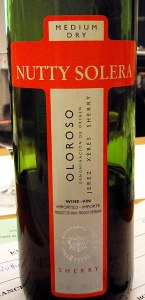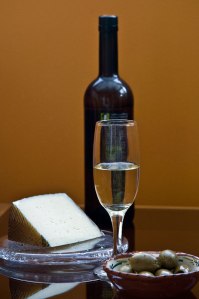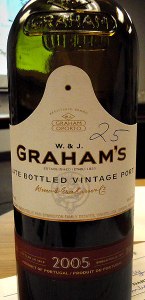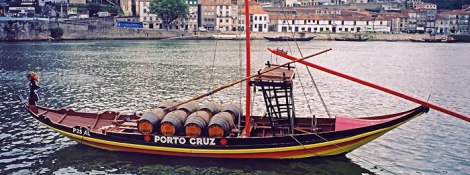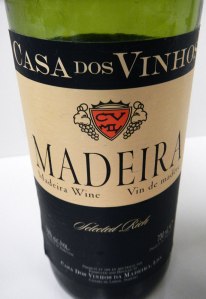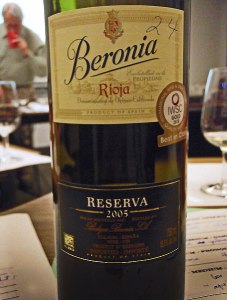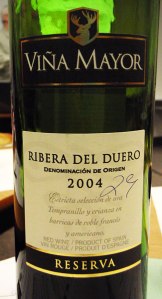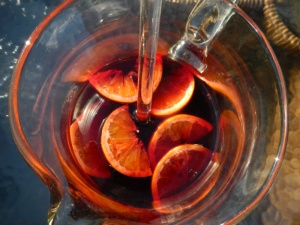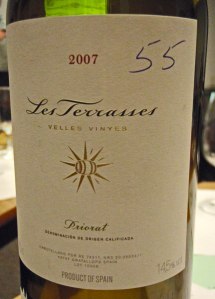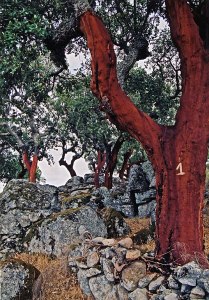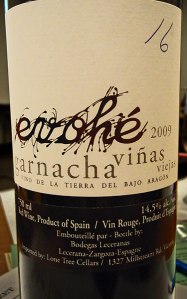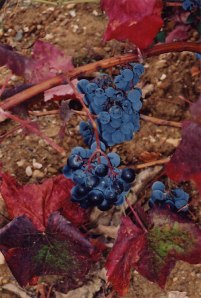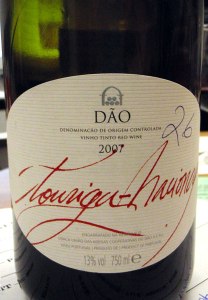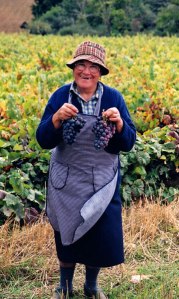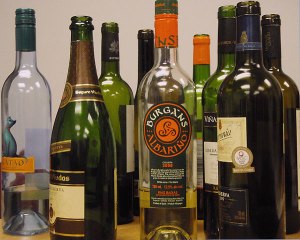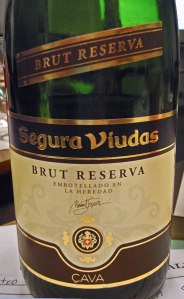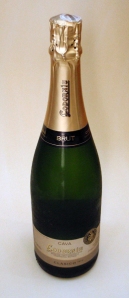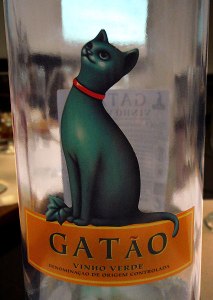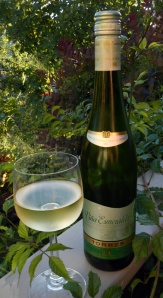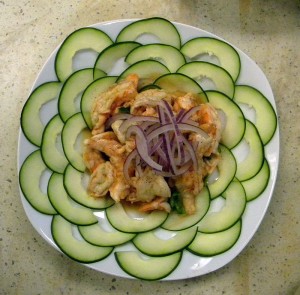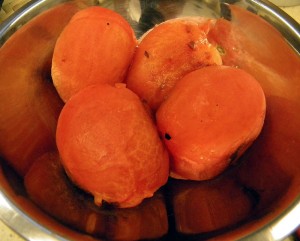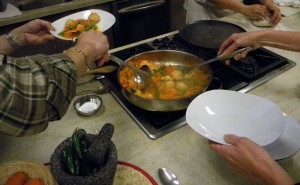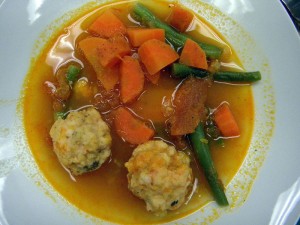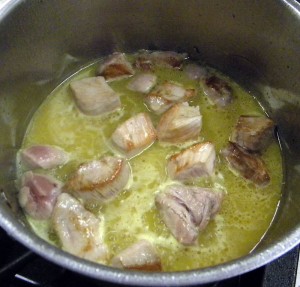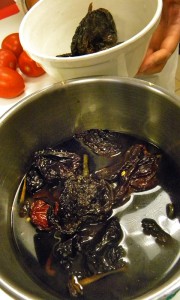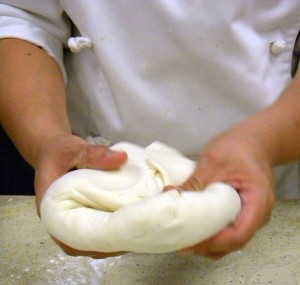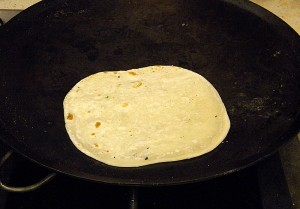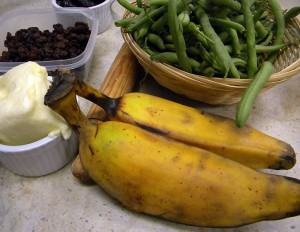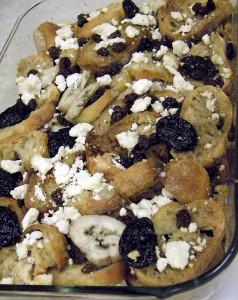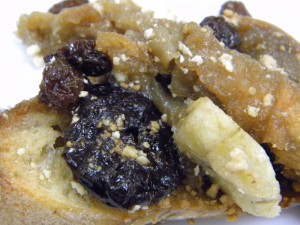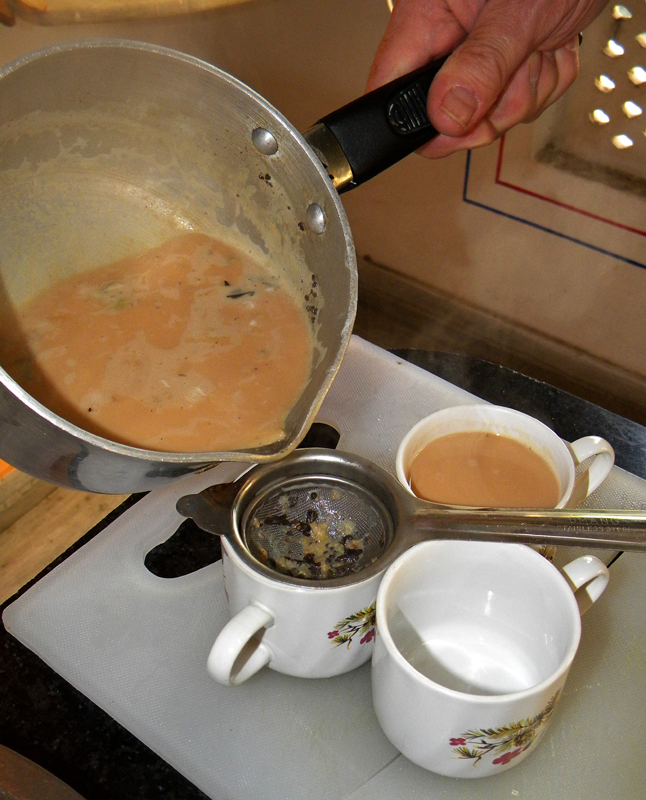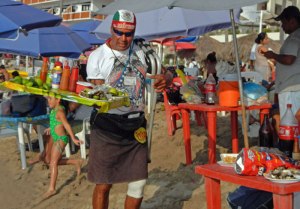Although we are not vegetarians, we embraced vegetarianism in India. There, the variety of vegetarian food was so great that vegetarian was the only way to go! Add to that the fact that by eating primarily vegetarian dishes, neither one of us had any stomach problems during our six weeks in Rajasthan! Here is one of our favourite vegetarian dishes, fried daal.

Fried daal, using chana daal
Part I: Prepare the Daal
- 200 gr. (1/2 lb) split green gram daal (dal, dahl)
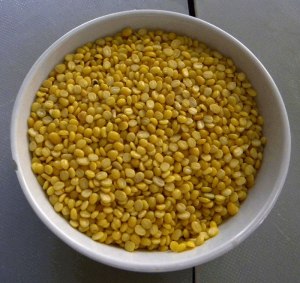
split green gram for the daal (India)
Note: In my journal I described split green gram daal as ‘tiny yellow lentils’. When I tried to find them locally, the clerk told what I wanted was chana daal, a type of chickpea. It was considerably larger than the ‘gram’ in my photos, and didn’t ‘dissolve’ into runny puree like the ‘gram’, even after I had reheated it several times. Although the taste was very similar, it was definitely starchier than the Indian original. (Does anyone know where to buy the smaller ‘gram’ or daal in Vancouver?)

Chana Daal is much larger than the gram used in our Indian cooking class but the only thing I could easily find in Vancouver
- wash with hands to get the starch off, and then rinse. This applies to both the gram and the chana daal
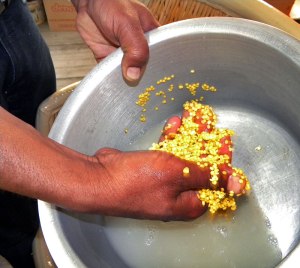
washing the gram
- 1200ml (5 cups) water
- 6 cloves garlic, finely chopped
- 2 long green chiles, deseeded and finely chopped (Note: I used one large jalapeño, but in our class we used two smaller chiles that resembled serrano chiles)
- 1 tsp salt
- 1/2 tsp tumeric
- pinch ground coriander seeds
bring to a boil then simmer until soft. This takes about 20 minutes for the gram, pictured below. It takes a lot longer for the chana daal, and it never dissolves into a runny puree like the gram.
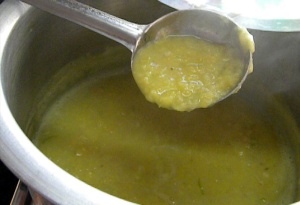
simmer daal until soft
Part II: Prepare the Fried Vegetables
meanwhile, prepare the remainder:
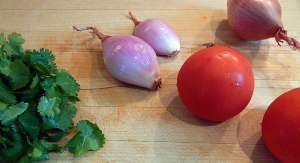
- 1 small purple onion or 2 shallots, cut into thin slices
- 2 finely chopped tomatoes… Don’t use regular tomatoes like I did here, they turn into mush. I suspect that blanched and peeled Roma or plum tomatoes would work better; when we were in India we used green tomatoes)
- bunch cilantro, minced
- 2 or 3 whole dried red chiles
- 1 tsp ground cumin
- 1 or 2 Tbsp ghee (I used a mix of butter and canola oil at home)
melt ghee, add onion (or shallot) slices, and fry until soft. Add cumin and cilantro, then tomatoes last.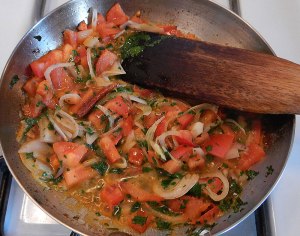
add to the pot of cooked daal and serve.

Although using the larger chana daal made the dish a tad starchier than the ‘gram’ we used in our Udaipur cooking class, overall the flavour was identical and very good. Below is the video of our class in India!



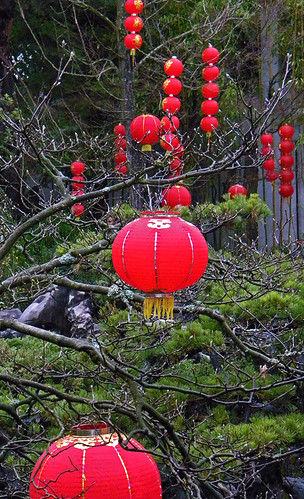

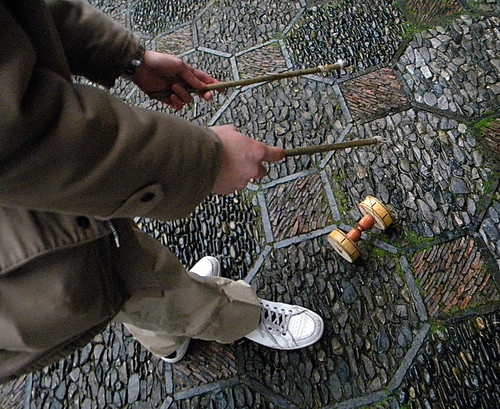
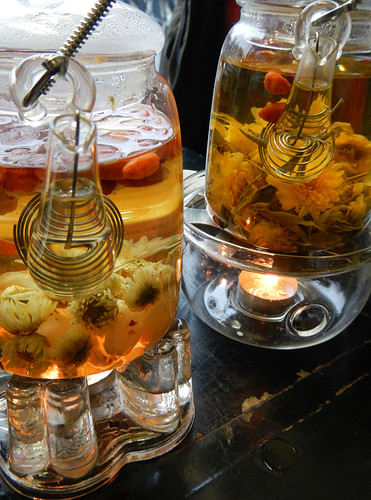
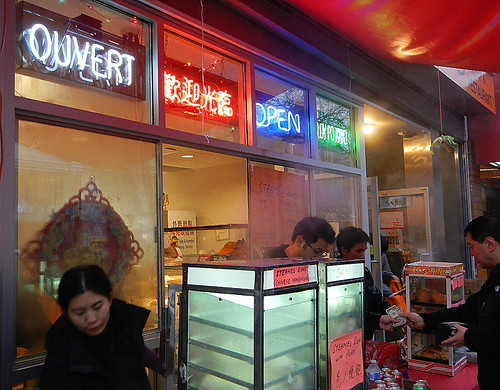
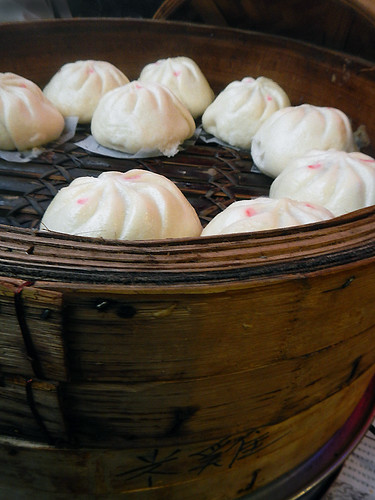 I had a steamed pork Siaopao, wonderful on a cold rainy day
I had a steamed pork Siaopao, wonderful on a cold rainy day
